Many flowers, such as roses, chrysanthemums, and honeysuckle, have special medicinal properties and can be used to make tea with various health and beauty benefits. However, not all flowers are suitable for everyone. If the selection of flowers is inappropriate and different types of flowers are mixed together to make tea, it may not be as good as drinking a single flower tea and may even have some adverse effects on the body. This is because individuals have different physical constitutions, with differences in deficiency and excess, coldness and heat. Therefore, the choice of flowers to make tea and the amount used should be based on one's own physical constitution or under the guidance of experts.
Even for the most common flowers, there are certain precautions to be taken when making tea. The following introduces several common flowers and their effects:
Roses and red roses are slightly warm in nature and have the effects of promoting blood circulation, regulating menstruation, and soothing the liver and relieving qi (which can have a calming and soothing effect on emotions).
Chrysanthemum is cold in nature and has the effects of dispersing wind-heat, clearing heat and detoxifying, and clearing the liver and brightening the eyes.
Honeysuckle is cold in nature and has the effects of clearing heat and detoxifying (suitable for patients with colds, fever, and sore throat), dispersing wind-heat (with auxiliary treatment for dysentery), and reducing swelling and relieving pain.
Chinese pagoda tree is cold in nature and has the effects of cooling blood, stopping bleeding, and clearing the liver and reducing fire. It is mainly used to treat conditions such as bloody stools, urinary bleeding, and irregular menstruation.
Therefore, it is recommended that you consult a traditional Chinese medicine practitioner before drinking flower tea to determine your own physical constitution and choose the appropriate flower tea to drink.




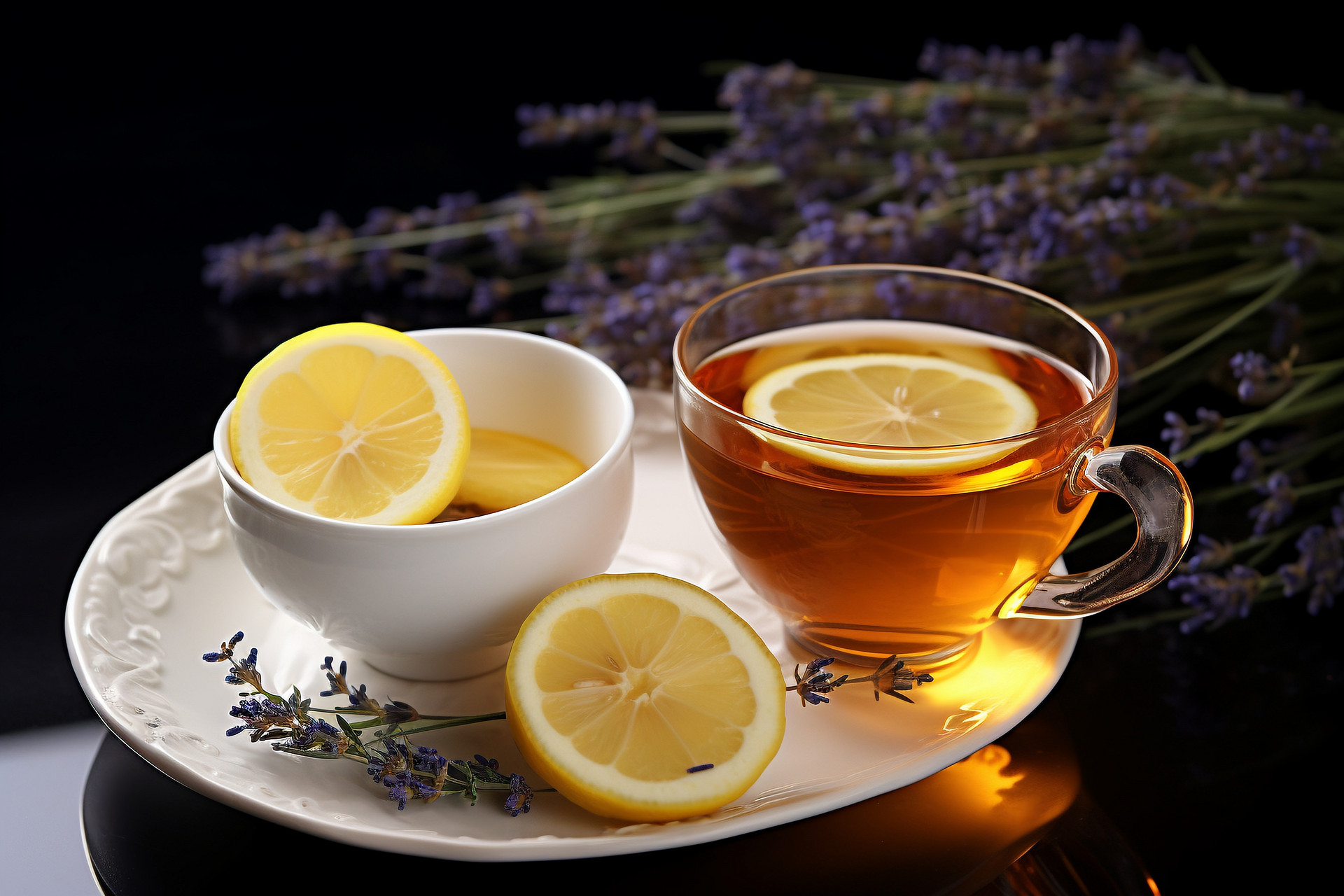
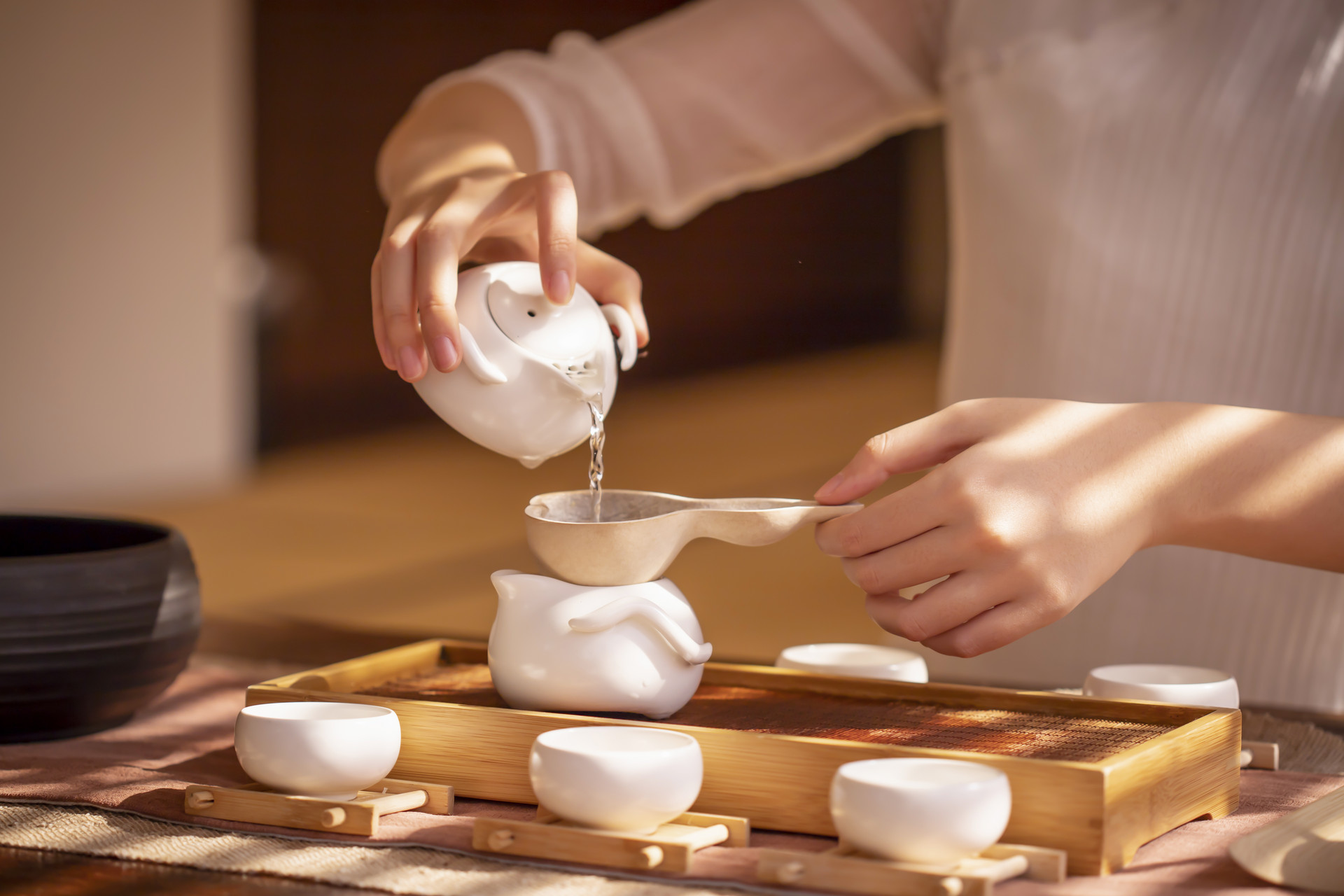
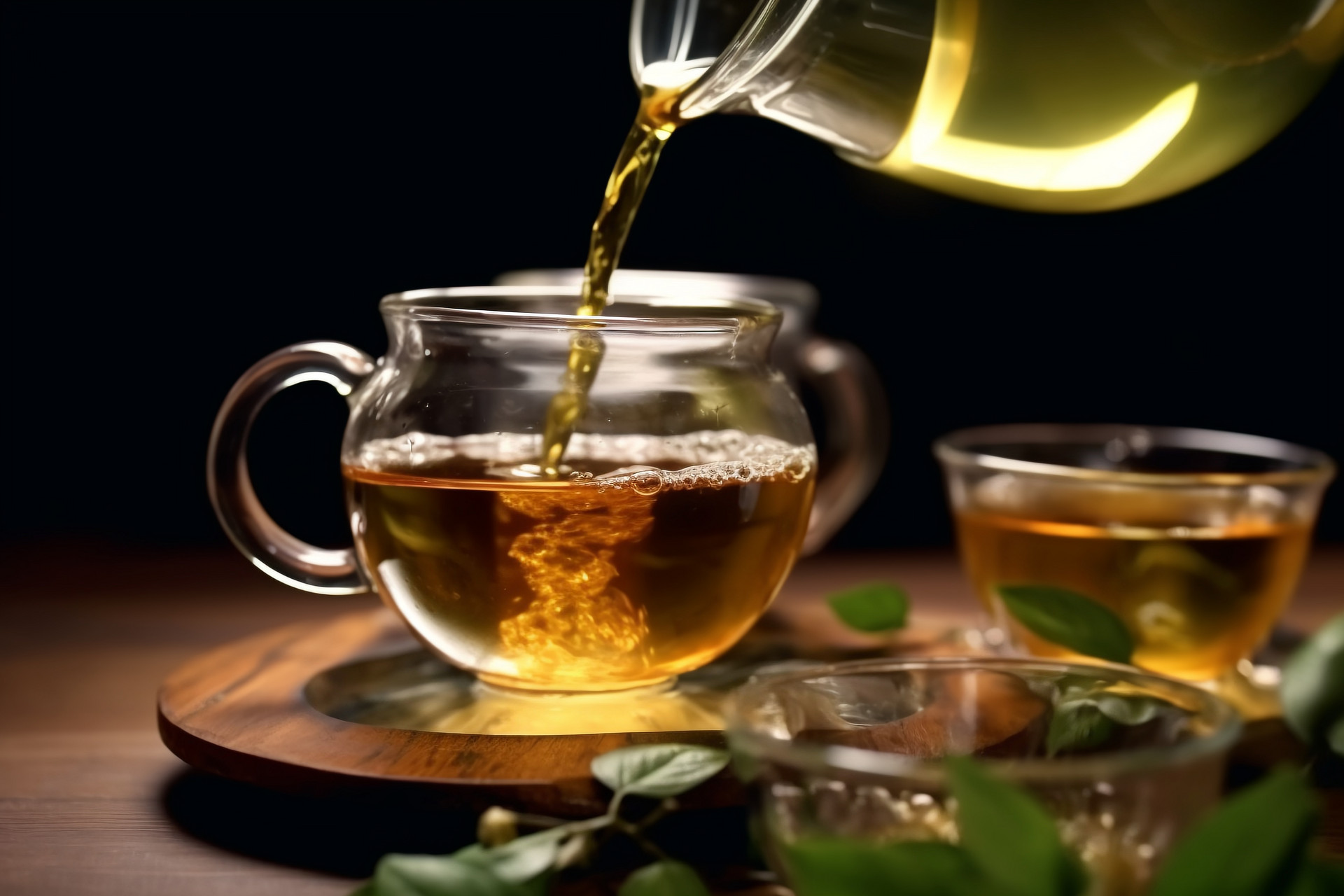

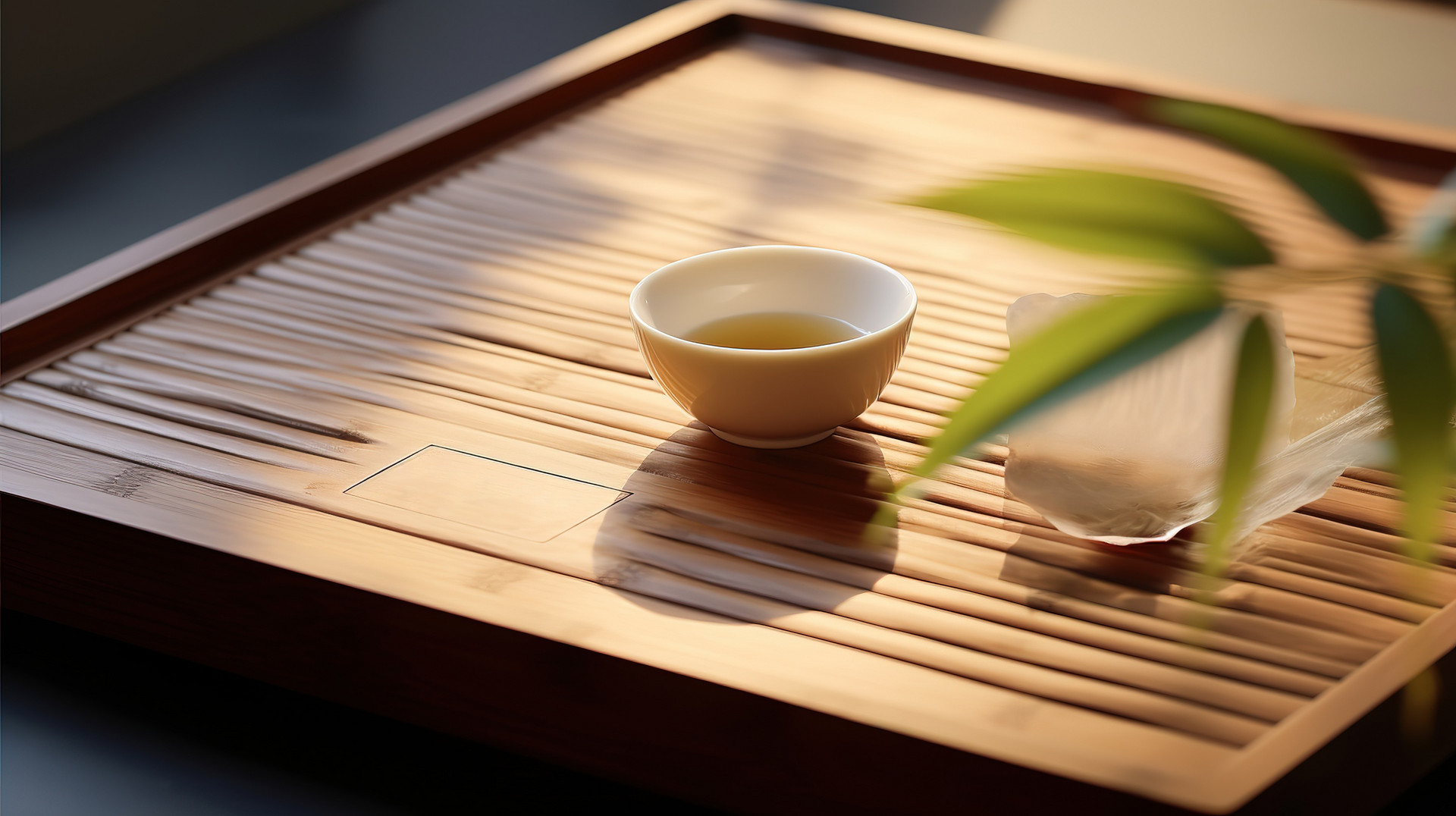
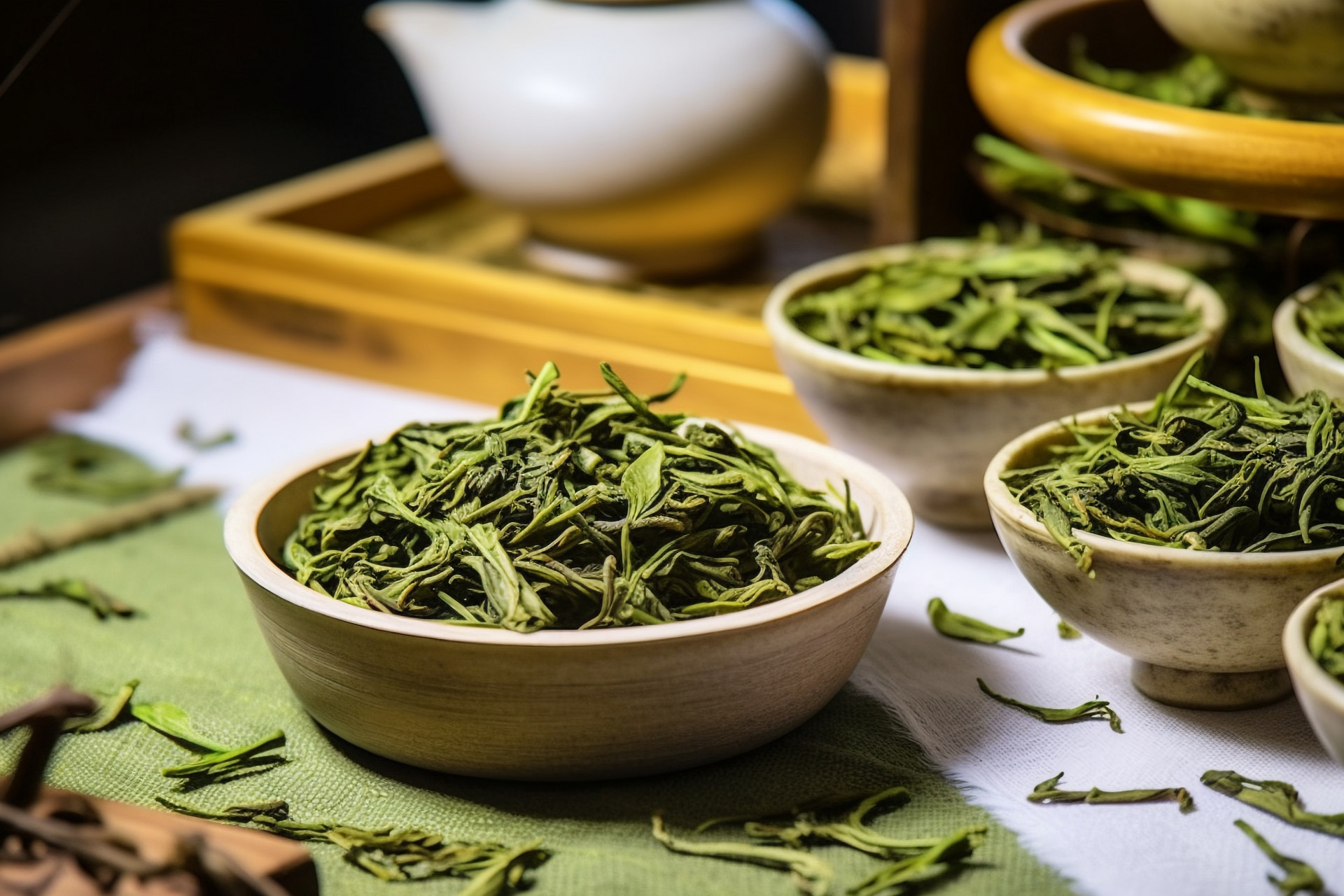
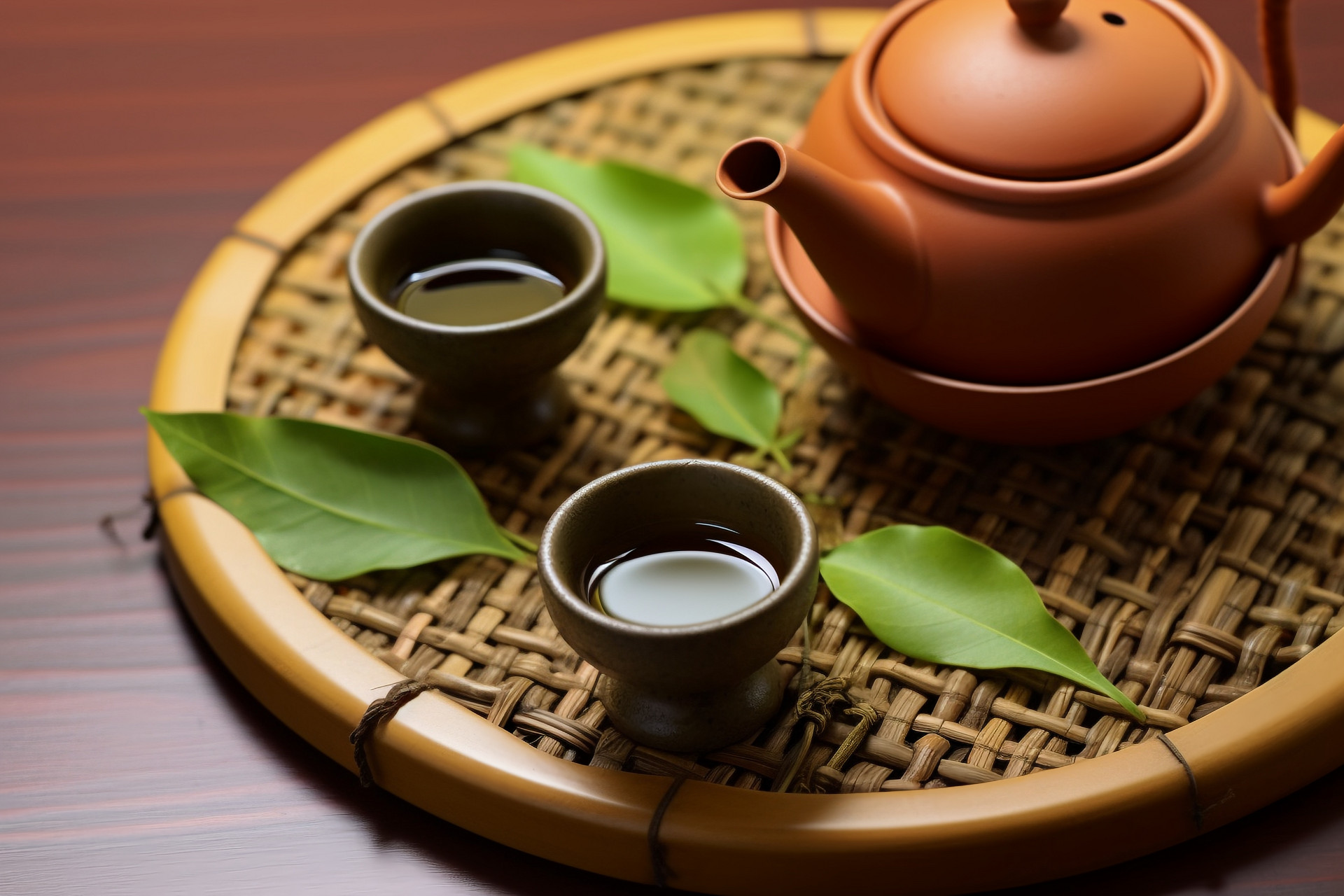
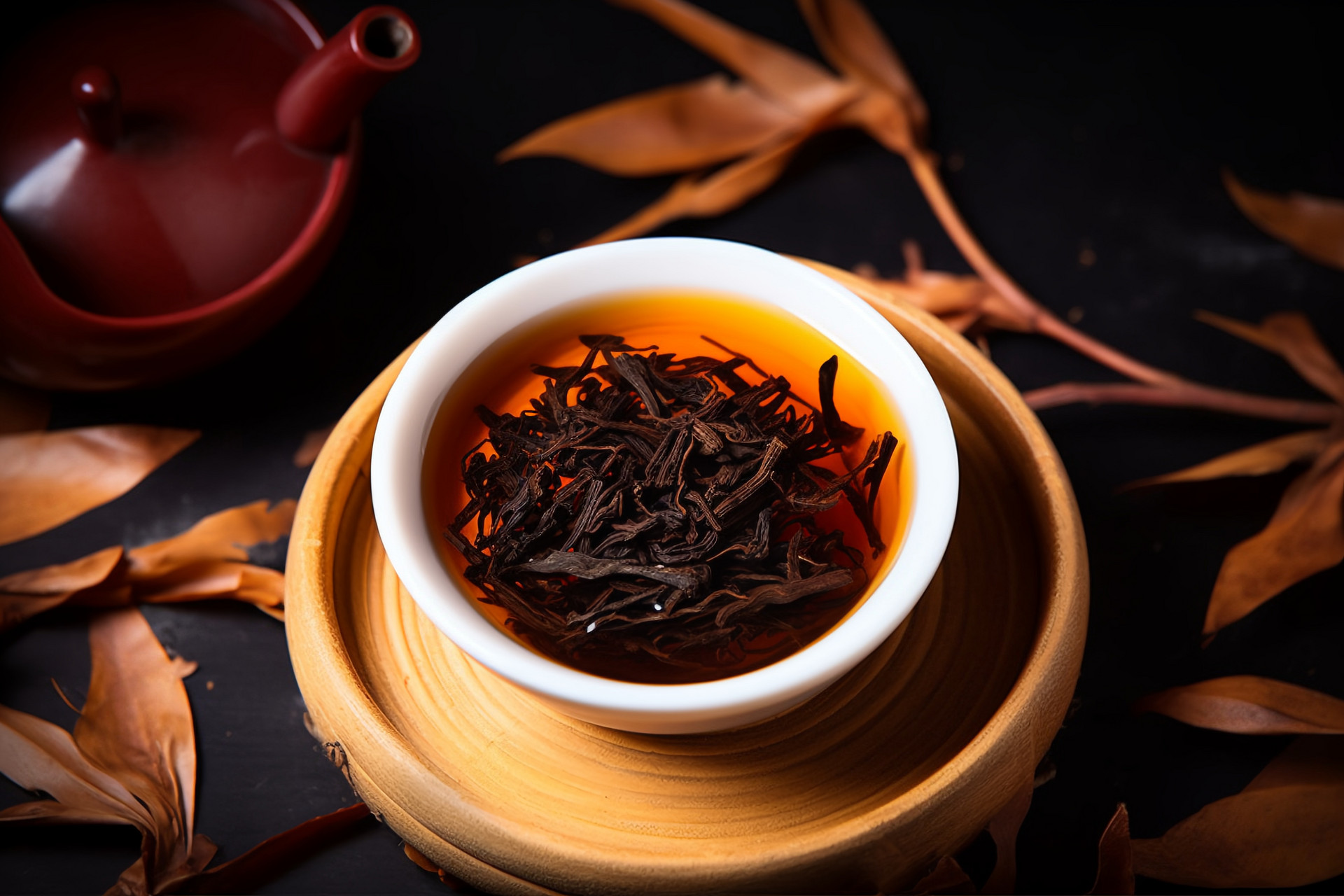
![[Herbal Wine Recipes for Health and Beauty]](https://tcmmaintenance.com/uploads/20240715/7241f6b6eafdaed88c28b26a37213964.jpg)